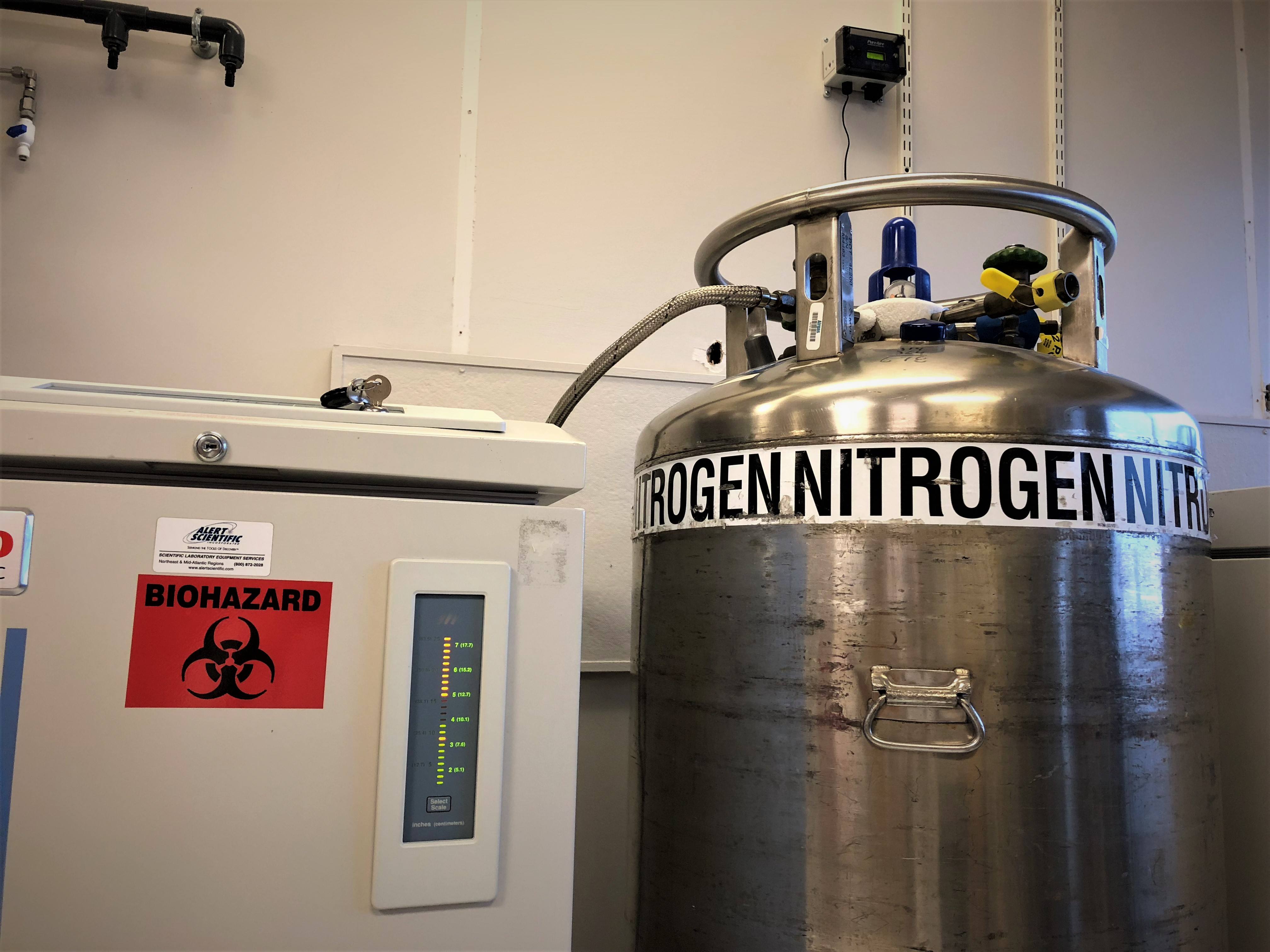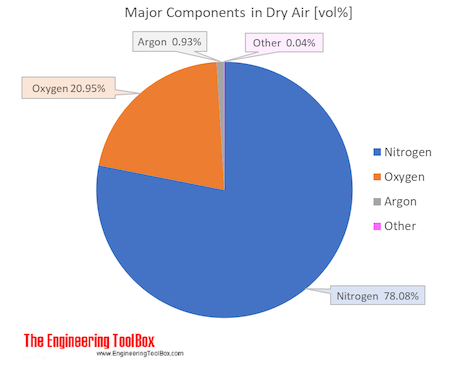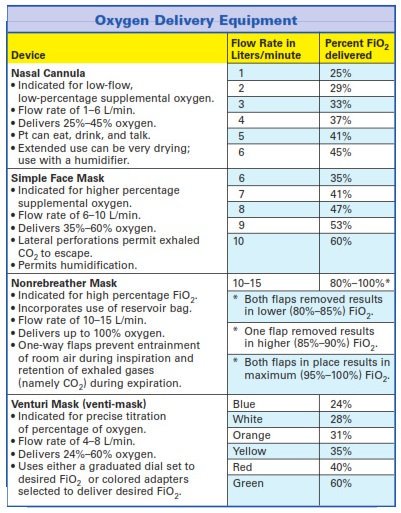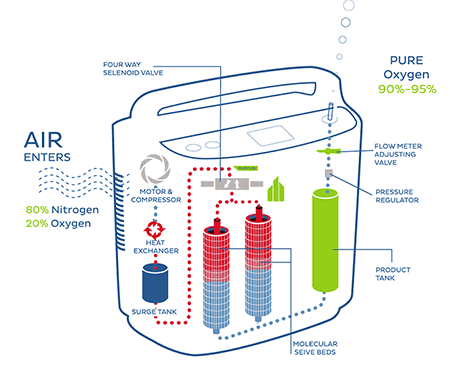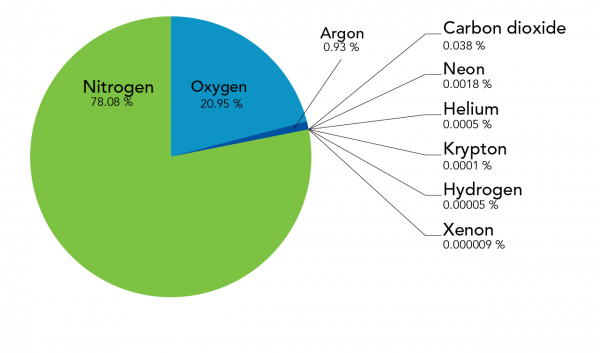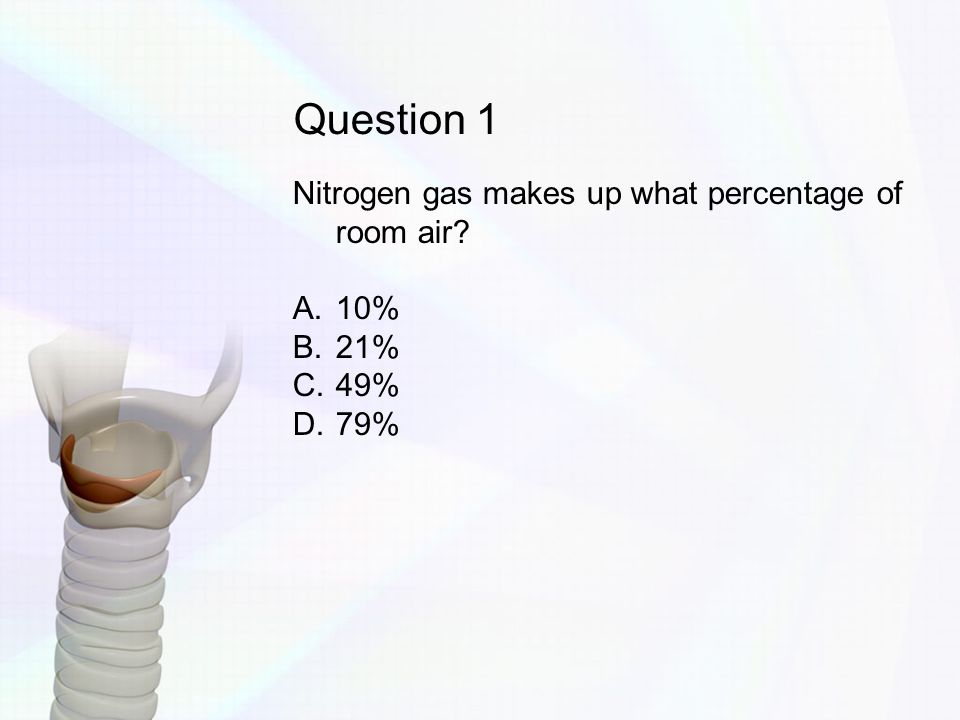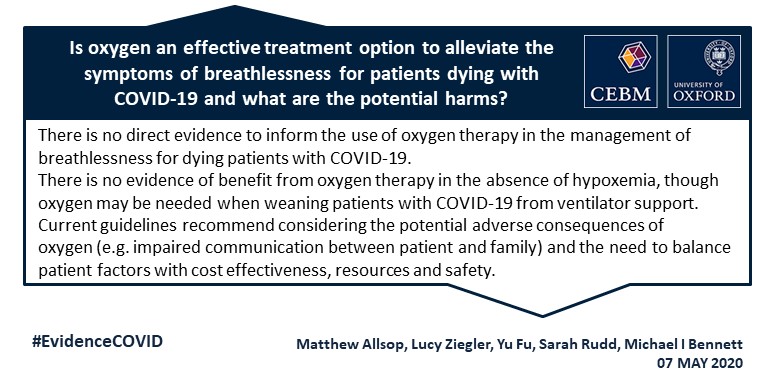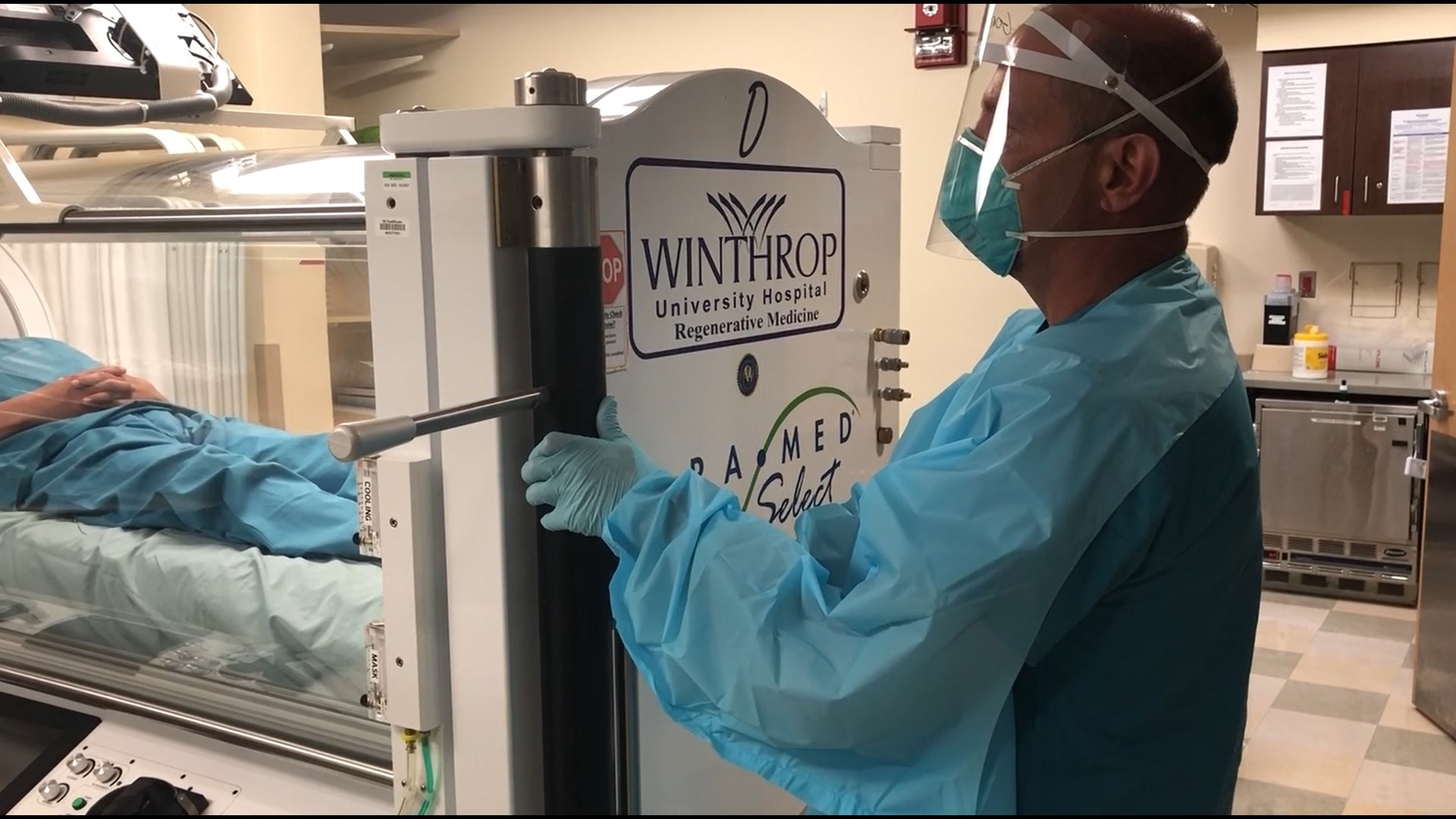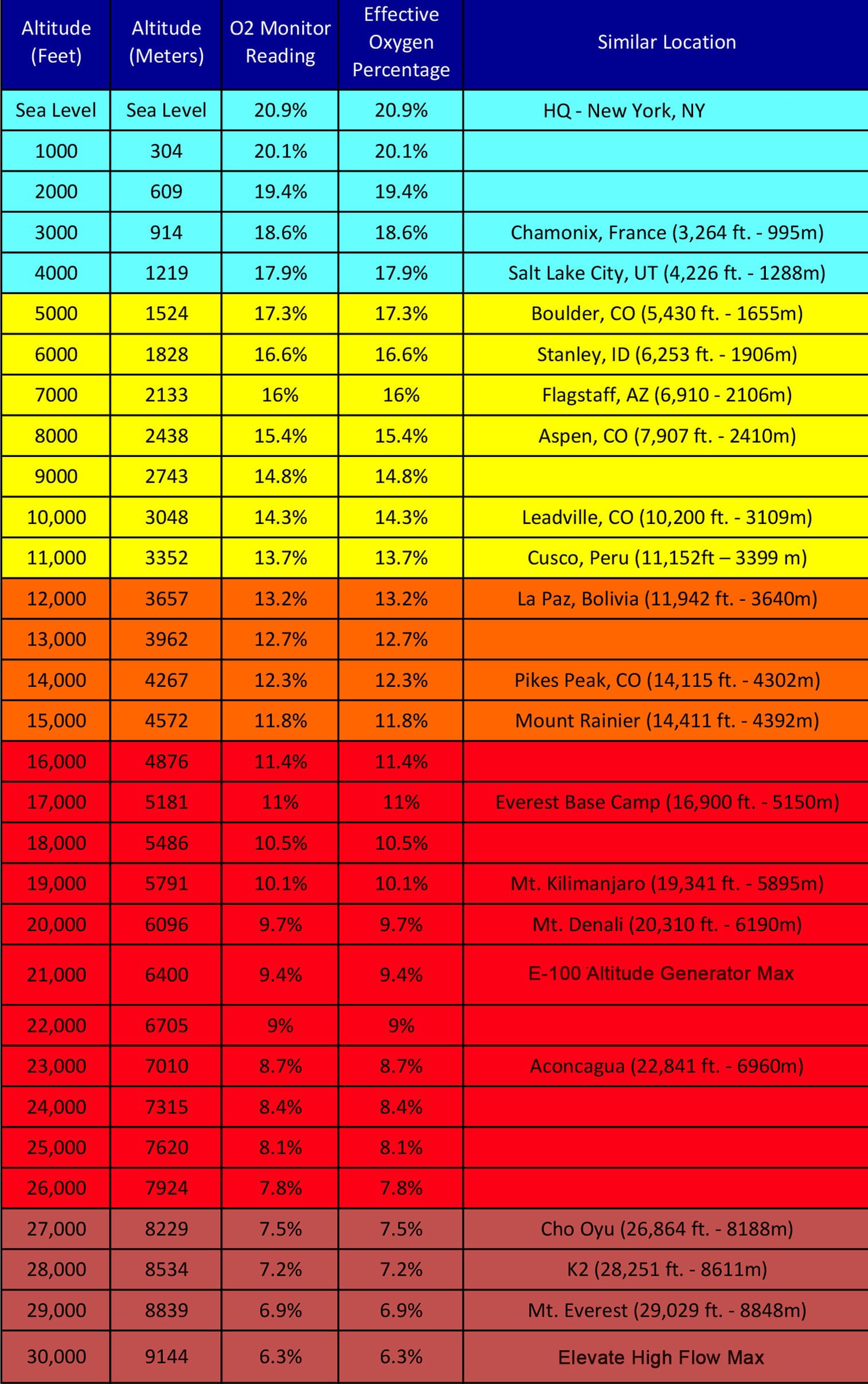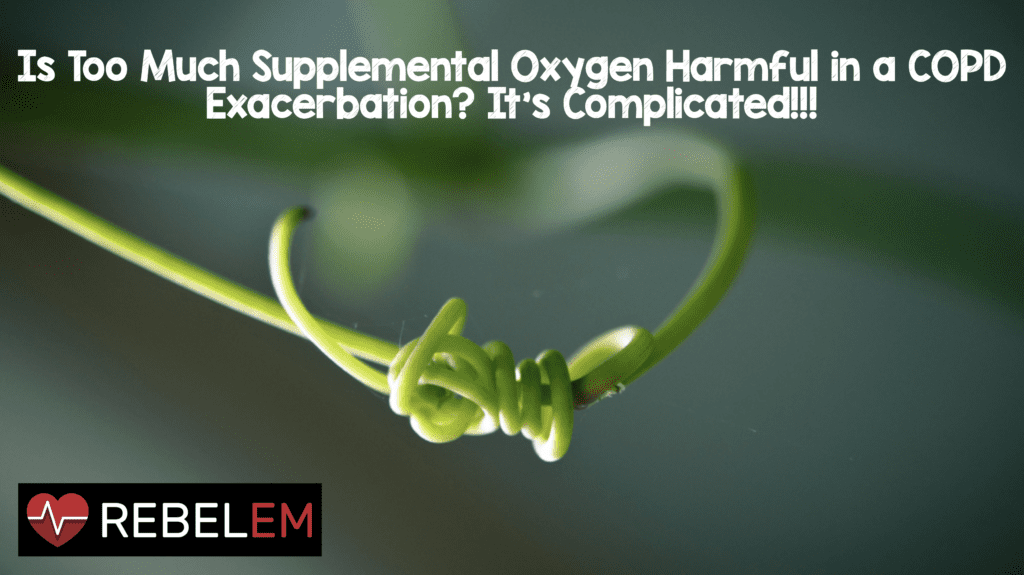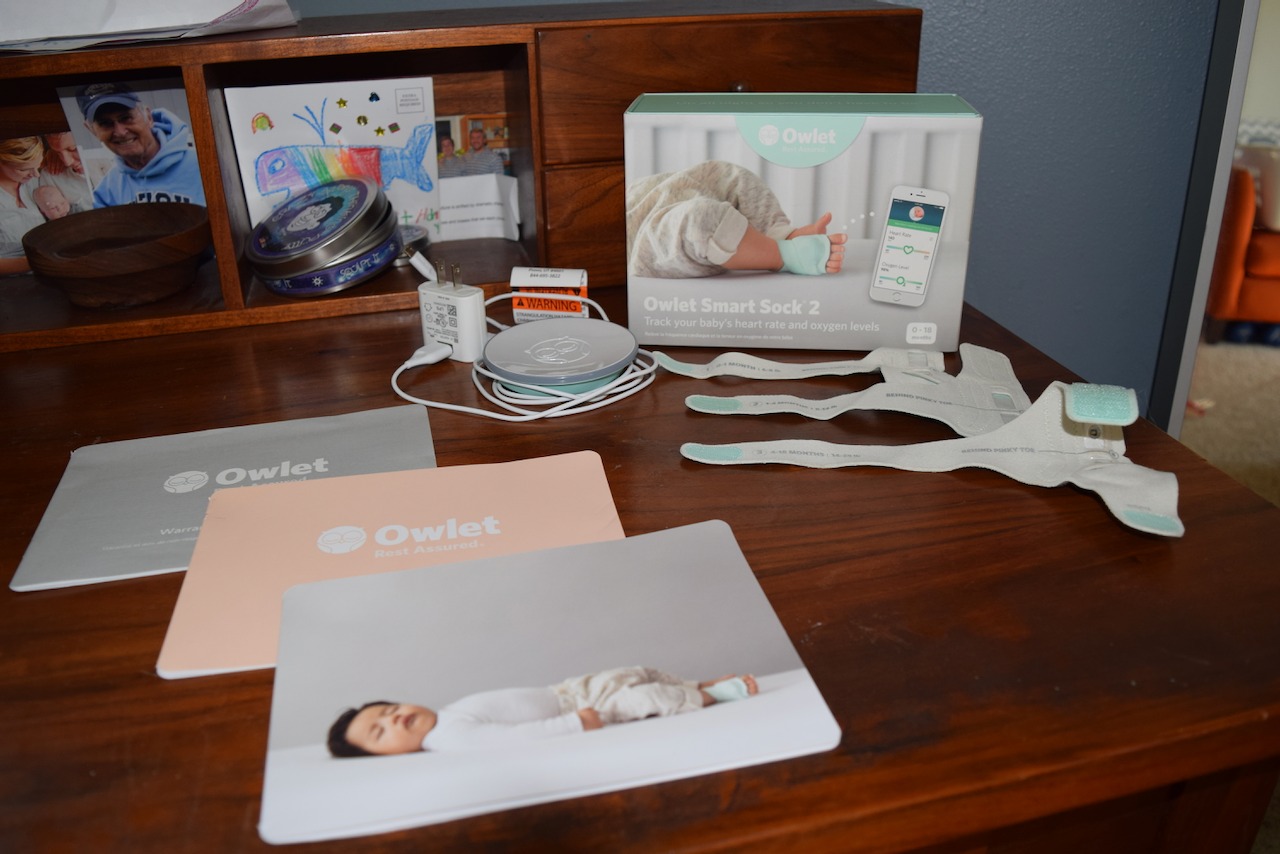Room Oxygen Percentage
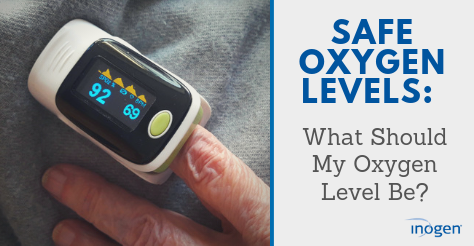
Shocking but it s true.
Room oxygen percentage. In the global ecosystems plants create the oxygen that is present in the air all around us. From these ranges most oxygen concentrators can deliver 90 fio2. Because excessive carbon dioxide is the result of oxygen deficiency in workplaces that don t meet the osha oxygen level standards monitoring co 2 exposure is important too. In medical shorthand you may hear it called a pao 2 when using a blood gas and an o 2 sat spo2 when using a pulse ox.
Oxygen saturation is the fraction of oxygen saturated hemoglobin relative to total hemoglobin unsaturated saturated in the blood the human body requires and regulates a very precise and specific balance of oxygen in the blood. But they don t bring any fresh. Osha has set the allowable level of co 2 in the air during any eight hour work period at an average of 0 5 percent or 5 000 parts per million osha s ceiling for co 2 levels during any 10 minute period is 30 000 parts. They use water and sunlight to convert the co2 animals exhale into oxygen and sugars.
Spilt and window a c will suck air from the room and make it cool and this happens every time when they work. Tropical rainforests create about 20 of all of the world s oxygen but you don t need a tropical forest to create enough oxygen to make a difference. For humans and many animals to sustain normal functions the percentage of oxygen required to sustain life falls within a small range. A measurement of your blood oxygen is called your oxygen saturation level.
The occupational safety and health administration osha determined the optimal range of oxygen in the air for humans runs between 19 5 and 23 5 percent. Most spilt or window air conditioners doesn t have any fresh air intake at all. If the level is below 90 percent it is considered low and called hypoxemia.
